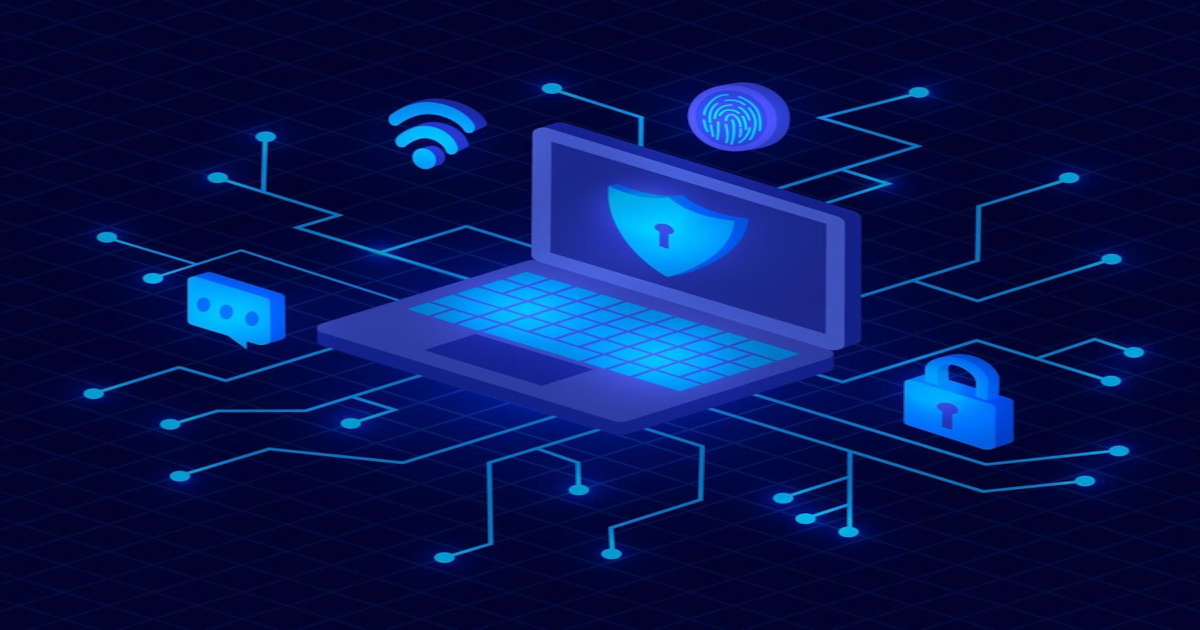TOC for Cybersecurity and Networks
IBM Cybersecurity Analyst Professional Certificate1
IBM Cybersecurity Analyst Professional Certificate is a specialization course, which is led by industry experts. The specialization focuses on intermediary skills related to cybersecurity.
1) Introduction to Cybersecurity Tools and Cyberattacks2
- History of Cybersecurity
- A brief overview of types of actors and their motives
- An overview of key security concepts
- An overview of key security tools
2) Cybersecurity Roles, Processes and Operating System Security3
- People processes and technology
- Examples and principles of CIA triad
- Operating System Security Basics
- Overview of Virtualization
3) Cybersecurity Compliance Framework and System Administration4
- Compliance Frameworks and Industry Standards
- Client System Administration Endpoint Protection and Patching
- Server and User Administration
- Cryptography and Compliance Pitfalls
4) Network Security and Database Vulnerabilities5
- TCP IP Framework
- Basics of IP Addressing and the OSI Model
- Introduction to Databases
- Deep Dive Injection Vulnerability
5) Penetration Testing, Incident Response and Forensics6
6) Cyber Threat Intelligence7
- Threat Intelligence
- Data Loss Prevention and Mobile Endpoint Protection
- Scanning
- SIEM Platforms
- Threat Hunting
Cybersecurity Specialization8
Cybersecurity Specialization is an advanced course offered by University of Maryland. It dives deep into the core topics related to software security, cryptography, hardware etc.
My progress in this specialization came to a halt after completing the first course, primarily because the subsequent courses were highly advanced and required background knowledge that I lacked. I will resume my journey once I feel confident in possessing the necessary expertise to tackle those courses.
1) Usable Security9
- Fundamentals of Human-Computer Interaction: users, usability, tasks, and cognitive models
- Design: design methodology, prototyping, cybersecurity case study
- Evaluation: usability studies, A/B testing, quantitative and qualitative evaluation, cybersecurity case study
- Strategies for Secure Interaction Design: authority, guidelines for interface design
- Usable Authentication: authentication mechanisms, biometrics, two-factor authentication
- Usable Privacy: privacy settings, personal data sharing, data inference
References
Checkout IBM Cybersecurity Analyst Professional Certificate: https://www.coursera.org/professional-certificates/ibm-cybersecurity-analyst ↩
Introduction to Cybersecurity Tools and Cyberattacks: https://www.coursera.org/learn/introduction-cybersecurity-cyber-attacks?specialization=ibm-cybersecurity-analyst ↩
Cybersecurity Roles, Processes and Operating System Security: https://www.coursera.org/learn/cybersecurity-roles-processes-operating-system-security?specialization=ibm-cybersecurity-analyst ↩
Cybersecurity Compliance Framework and System Administration: https://www.coursera.org/learn/cybersecurity-compliance-framework-system-administration?specialization=ibm-cybersecurity-analyst ↩
Network Security and Database Vulnerabilities: https://www.coursera.org/learn/network-security-database-vulnerabilities?specialization=ibm-cybersecurity-analyst ↩
Penetration Testing, Incident Response and Forensics: https://www.coursera.org/learn/ibm-penetration-testing-incident-response-forensics?specialization=ibm-cybersecurity-analyst ↩
Cyber Threat Intelligence: https://www.coursera.org/learn/ibm-cyber-threat-intelligence?specialization=ibm-cybersecurity-analyst ↩
UMD Cybersecurity Specialization: https://www.coursera.org/specializations/cyber-security ↩
Usable Security: https://www.coursera.org/learn/usable-security?specialization=cyber-security ↩
